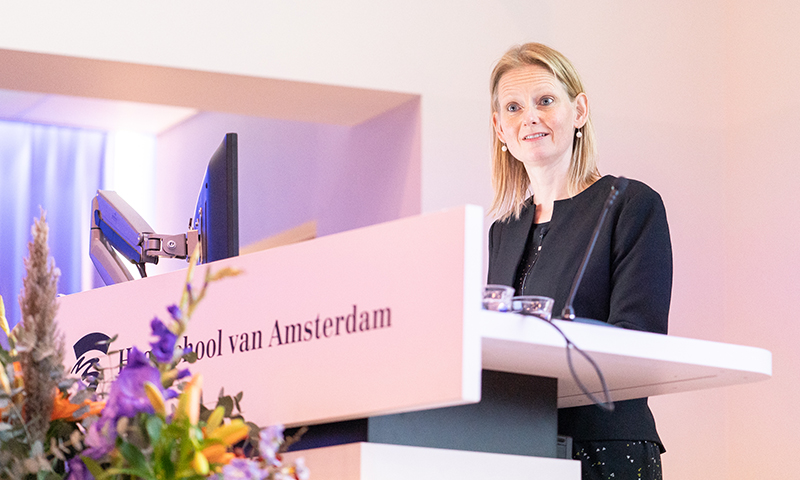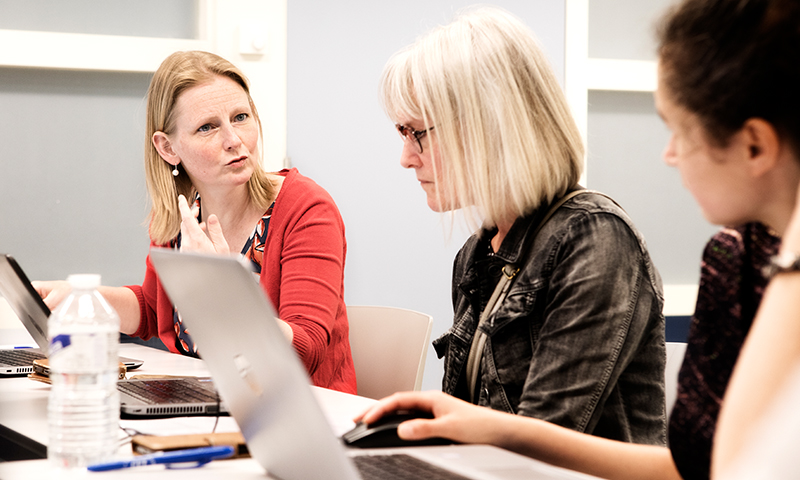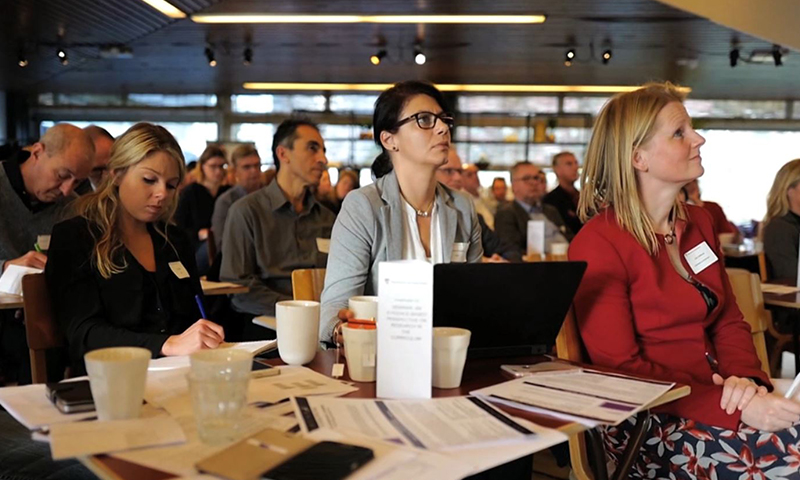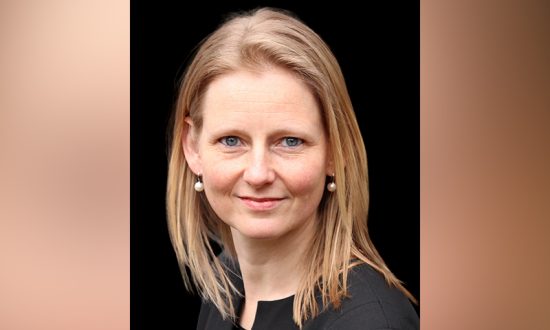Didi Griffioen, PhD. is a Professor and Head of the Department of Higher Education, Research & Innovation (HERI) at the Amsterdam UAS. She is honored by a Comenius Leadership Fellow of the Dutch Minister of Education, which is similar to the UK NTF scheme. The here proposed book is the direct result of that fellowship. She was the first in the Netherlands to be admitted as a Principal Fellow (PFHEA) of Advance HE. She is a former chair of the Higher Education SIG of the Netherlands Education Research Association, and a former elected trustee and member of the Governing Council of the British Society for Research into Higher Education. She was chosen among the 10 persons most influential for European higher education in 2018. Her most recent book is The Desire for Change in Higher Education (Bloomsbury, 2022). She previously published ‘Integratie van Onderzoek in het Curriculum’ (Noordhoff, 2013). She has authored many (inter)national journal articles about the development of students, the connections between research and teaching, and organisational development in higher education. She is a frequent speaker at national and international conferences.
Do you think teaching and research outputs are completely independent, neither enhancing nor detracting from each other? What is your take on the relationship between research and teaching?
Generally, perspectives of connecting research and education are rather normative. Many consider it important or a good thing that they should be connected. My starting point is more pragmatic in nature: if we as a university or as a society decide – as we apparently have done – that both education and research should be placed within a single organizational entity – the university – then there should be some benefit to be had from that. Education and research are both knowledge-related activities, but they generally also are rather different in nature and practice. This makes it often difficult to have them connected or integrated. So, if we take it upon ourselves to have them both in the same organizational structure, we should also be willing to actively strive for the potential benefits of having them both in. If we are not willing to do so, there is no point in having put in the time, effort, and energy to have both in. Additionally, I believe that education is generally different when educated by research-active persons, but that is another perspective.

While writing the book Creating the Desire for Change in Higher Education, what perspectives or beliefs have you challenged?
The book is based on a five-year strategic change project within my own applied university. Our assignment was to assist the 70+ undergraduate programs to have research further integrated into their curricula. The most energy in that project was needed to widen individuals’ perspectives on what is research, what is education, and how they relate to professional practice. Having multiple conversations about beliefs, experiences, practices, and what is the way to go for particular professional programs helped us to open up standpoints of ‘yes’ or ‘no’ to research to have more nuanced positions.
What is the importance of research according to you in the life of a student?
That depends. I believe it is important for each higher education student to learn how to relate to notions of truth, to understand what one beliefs to be true in a particular context, and to ask one’s self why that belief is proper for that setting. That understanding is part of being a highly educated citizen in society. However, that does not always come in the same terminology or way of working. For a philosophy student, this is a foundational question, answered through logical reasoning and the use of written work. For an Applied Sports Business student, it can be a question of how to know what money to spend on a new product, including using market research tools. For some other students, it’s about using existing knowledge as part of an action-reflection cycle in professional practice. Not all will call it ‘research’, not all will use methods of research or design, but all should know when to ask about what is true in a particular situation and what is needed for a proper answer, or whom to turn to for such an answer.

Your book, Creating the Desire for Change in Higher Education, brings together and builds upon the international bodies of knowledge on higher education change and on the relationship between research and teaching. What inspired you to pick up this topic?
Originally, I got interested in notions of research in the applied field a long time ago when I attended a presentation by colleagues from Social Work at my university. They presented a work process of a project of students and colleagues in a community home in Amsterdam. It was an interesting project with multiple years of students involved and the citizens were rather happy about it. I could understand all that. What I did not understand was why they would call all that ‘research’, since I had a rather different understanding of that notion. That session started my search which ended with my Ph.D. thesis in 2013 with the title: Research in Higher Professional Education; A Staff perspective (University of Amsterdam), and my pan-university professorship Higher Education, Research & Innovation (HERI) in 2018 at Amsterdam University of Applied Sciences. The book is a sensible follow-up to all that.
What was your work schedule like when you were writing and working at the same time?
Writing as a way of disseminating is part of my work, so it was mainly important to arrange for the time in my schedule to get to it. Half of the chapters were co-authored with colleagues and students of my HERI team, which was nice but also asked for some tight logistics.
What part of the book gave you the most difficult time while writing?
The corrections. I generally enjoy the writing process but do not enjoy correcting again and again the same text to get it cleaned up. Luckily some of my colleagues are very able and willing to take part of that on. But that caused me the most trouble.

What was one of the most surprising things you learned while creating your book, Creating the Desire for Change in Higher Education?
What I learned I that a lot of our practices easily resonate with current literature and that practices like ours indeed can contribute to theory as well. A lot of what knowledge is out there was used in the process of the strategic change program, but its usefulness only becomes more visible if the story and results are again structured beyond the daily messiness of a change process.
What is the most valuable piece of advice you’ve received about writing and do you have any advice for the teaching community?
Make time and just do it. Write it up (or video or blog or… if writing is not your thing). It is so important that we collectively try to build on all our practical knowledge and experience about higher education. We all do so much, know so much, and share so little beyond our immediate colleagues. And the only way to improve our higher education practices is to systematically share all our practical knowledge and experiences beyond our own department or university. Hopefully, this book can be a stimulus for others to do the same.




